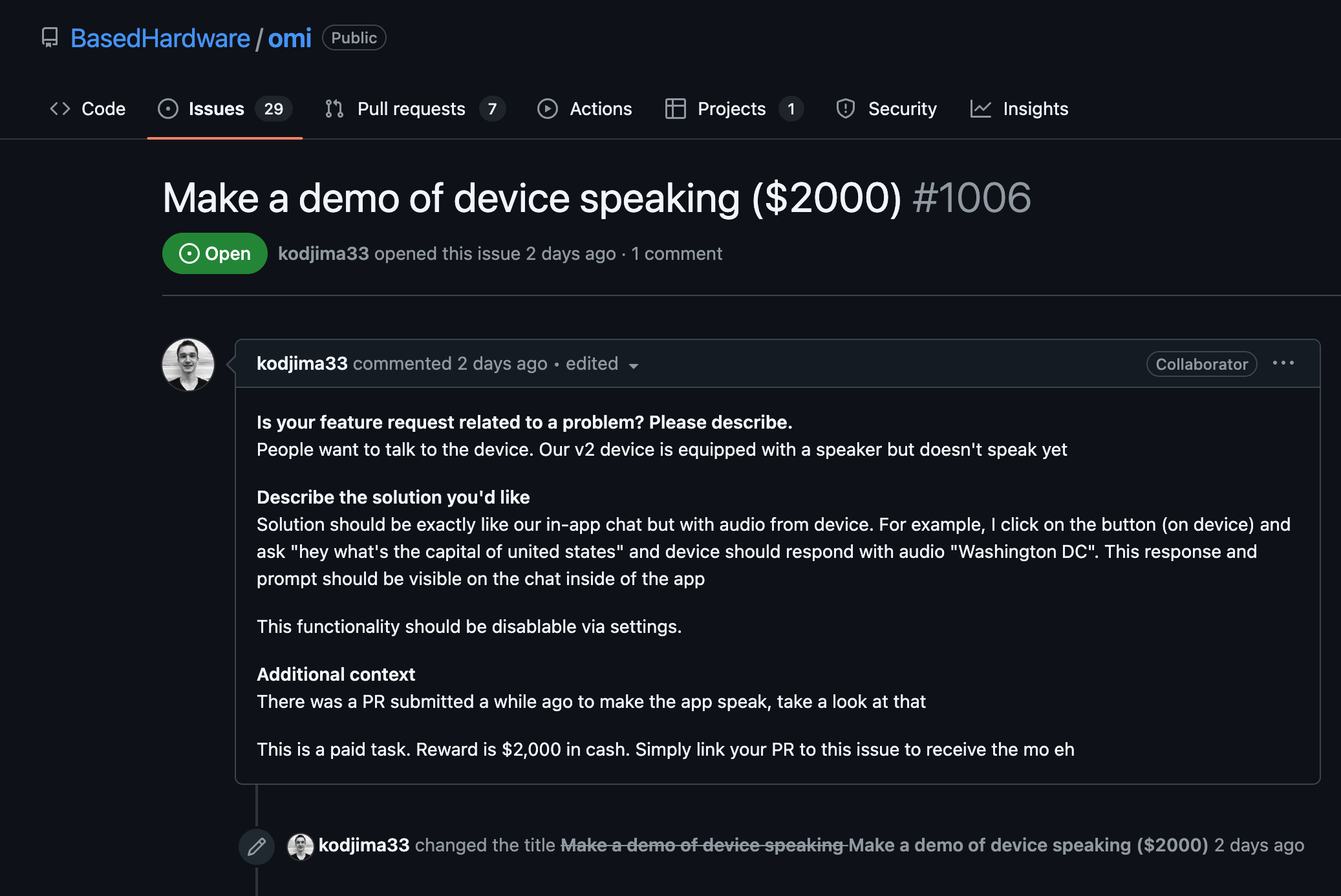Identify the Incorrect Access
- Review the code to locate where memory-mapped I/O (MMIO) is accessed. This may involve inspecting files that manage hardware control or peripheral interaction.
- Use runtime checks and logging to trace memory access. Insert debug logs around suspected areas to monitor addresses accessed and operations performed.
Understand the Memory Map
- Consult hardware documentation to clarify the correct memory map, including peripheral register addresses, sizes, and access permissions.
- Cross-verify the documented map with the one implemented in your code to catch discrepancies.
Check and Correct Base Addresses
- Ensure base addresses for peripherals in your code match those in the hardware documentation. Incorrect base addresses lead to accessing unintended regions.
- Inspect initialization routines configuring the base addresses directly to verify correct setup.
#define GPIO_BASE_ADDR 0x40020000
volatile uint32_t *gpioReg = (volatile uint32_t *)(GPIO_BASE_ADDR + 0x14);
*gpioReg = 0x01;
Verify Access Permissions
- Ensure that the accessed memory areas have the correct permissions (read/write/execute) as needed by your application.
- If permissions are incorrect, you may need to adjust your microcontroller or processor setup, often using system configuration utilities or initialization code.
Fix Access Sizes
- Ensure that reads or writes align with the sizes defined in the hardware documentation—e.g., 8, 16, or 32 bits. Misaligned access can cause faults or undefined behavior.
- Utilize the correct data type in your code that matches the peripheral's data width.
volatile uint32_t *periphCtl = (volatile uint32_t *)(PERIPH_BASE + OFFSET);
uint32_t value = *periphCtl;
Ensure Proper Alignment
- Make sure that MMIO access respects alignment requirements. Certain architectures mandate specific alignment which, if not followed, might raise exceptions or lead to errors.
- Modify your address or index calculations to comply with alignment mandates.
Test Under Realistic Load
- Simulate real-world conditions to verify the stability and correctness of your MMIO access.
- Use debugging tools like logic analyzers or oscilloscopes combined with test software environments to ensure that corrected accesses behave as expected under various scenarios.
Implement Robust Error Handling
- Add error checks after critical MMIO operations, especially when reading status registers or writing control registers.
- Incorporate safe retries or fallbacks when errors are detected to ensure system robustness.
uint32_t status = *statusReg;
if (status & ERROR_FLAG) {
// Handle error appropriately, e.g., by resetting the status
}
Conduct Code Review and Validation
- Engage in a peer review process to have other experienced developers scrutinize your MMIO access logic. Fresh perspectives often uncover overlooked issues.
- Utilize static analysis tools to automatically detect potential pitfalls in MMIO code.
























